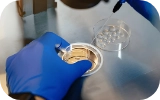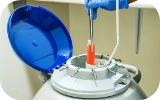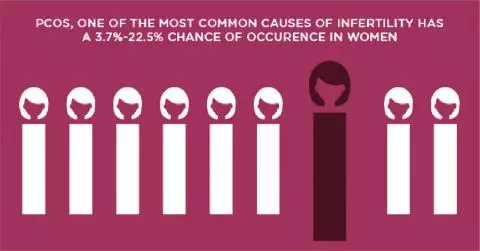ERA Test: Assessing Uterine Receptivity for IVF Success

IVF is one of the most popular types of fertility treatment available. Though it cannot guarantee conception, most patients are expected to conceive within 3 IVF cycles at most. However, in some cases, women can fail to conceive even after 3 cycles of IVF. In such cases, doctors then begin searching for reasons why the woman has been unable to conceive. Receptivity of the uterus is one of the possible causes for this. This can be checked with an endometrial receptivity array (ERA) test.
The ERA test evaluates the functioning of the genes that determine the receptivity of the endometrium. The endometrium refers to the inner uterine lining to which the embryo must attach itself after fertilization. There are over 238 genes that must be assessed through this test. It can also help predict the ideal window of implantation for a woman. By doing this, IVF specialists can time the implantation to reduce the chance of implantation failure.
How is the ERA test done?
To begin with, a tissue sample of the uterine lining is taken through a biopsy. This procedure does not require anesthesia and may be conducted in the doctor’s office. Before this sample is taken, the patient is given progesterone supplements for 5 days. Progesterone is one of the hormones that play an important role in making the endometrium receptive to an embryo.
During an IVF cycle, this hormone is administered for 5 days before implantation, Hence collecting the tissue sample may be considered a mock cycle. Once the tissue has been collected, the genes within it are analyzed. This can then predict whether the uterus would be receptive to an embryo on the day that the embryo would have been transferred.
If the test determines that the uterus is receptive, the embryo may be transferred as planned in the next IVF cycle. However, if the endometrium is detected as non-receptive, the progesterone timing will be altered so as to allow doctors to transfer the embryo only at a point when the uterus is receptive to it.
Who Can Benefit from a ERA test?
An ERA test can be beneficial for couples who have had 3 or more unsuccessful IVF cycles. In such cases, the couple has had an otherwise good fertilization rate, the embryos have developed and appear healthy and the uterine lining looks good but the woman had recurrent implantation failure. If the ERA determines that the endometrium is receptive to the embryo and it still fails to implant, the only other reason for the failed pregnancy is a genetic abnormality.
An ERA test greatly increases the chances of having a successful pregnancy especially for couples who have faced repeated implantation failure but there are a few downsides associated with it. Firstly, the uterine biopsy that is performed to collect endometrial tissue can be painful. Secondly, undergoing an ERA test means that the couple will have to delay implantation by at least 1 month. Lastly, this test does have an additional cost associated with it. However, it is important to note that there are no medical side effects to undergoing this test.
 Infertility Counselling
Infertility Counselling Female Infertility Treatment
Female Infertility Treatment Andrology Treatment
Andrology Treatment Fertility Enhancing Surgeries - Female
Fertility Enhancing Surgeries - Female Fertility Enhancing Surgeries - Male
Fertility Enhancing Surgeries - Male Endoscopy Treatment
Endoscopy Treatment IUI Treatment
IUI Treatment IVF Treatment
IVF Treatment ICSI Treatment
ICSI Treatment Advanced IVF Solutions
Advanced IVF Solutions Embryology
Embryology Vitrification Egg, Embryo, Sperm Freezing
Vitrification Egg, Embryo, Sperm Freezing Preimplantation Genetic Testing (PGT)
Preimplantation Genetic Testing (PGT) Donation Program Embryo / Egg / Sperm
Donation Program Embryo / Egg / Sperm Self-cycleTM IVF
Self-cycleTM IVF

 Self-cycleTM IVF
Self-cycleTM IVF









